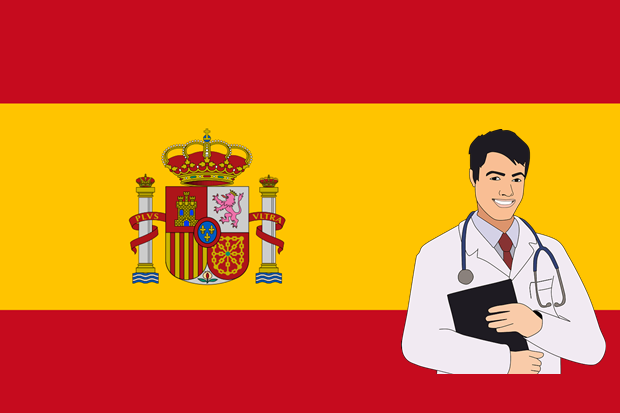
If you are moving to Spain, or have already moved there, one of the things you are probably already interesting in finding out is who can get public healthcare in Spain?
Is everyone automatically insured once they live there? Do you have to apply to get it and, if so, how do you register with the Spanish National Health System?
Who can get it and who cannot? Even more importantly, is it free?
Spanish public healthcare
As the healthcare system in Spain offers some of the world’s best medical care, anyone that moves to Spain will want to be able to access it.
Especially as you will be covered for all your doctor’s visits and medical expenses, as well as between 40-90% of your prescription costs when you do. (Prescription costs depend on your income and if you are working, unemployed or retired). Remember too, medication in Spain is extremely cheap, so even paying 50% of it will only usually be a few euros.
The cost of Spanish healthcare is covered by taxes. That means your medical care will be covered by your taxes and those of your employer. If you are self-employed, you will pay a higher amount.

Who can get public healthcare in Spain?
Public healthcare — called the Spanish National Health System (Sistema Nacional de Salud (SNS)) — is available to anyone that lives in Spain. Access to it is not automatically given to you, however, as you have to first register for it.
Once you do, these are the people who are able to access the system. This is the case whether you are a Spaniard or a non-Spaniard:
- Anyone who is legally resident in Spain, is currently employed and pays social security taxes
- Anyone who is legally resident in Spain, currently self-employed and pays social security taxes
- Anyone legally resident in Spain and receiving state benefits
- Anyone legally resident in Spain, divorced or separated and whose ex-partner is the one who pays social security taxes
- Anyone legally resident in Spain and pregnant
- Anyone under 26-years-old, Spanish or an EU/EEA citizen and a registered student.
- Any child who lives in Spain
- Anyone who is legally resident in Spain and retired
- Anyone from an EU/EEA country plus Switzerland who is registered with the medical system in that country and has an EHIC card (In this case, however, it is usually only emergency treatments that are covered and not elective care for which you have specifically traveled to Spain)
- Illegal immigrants and foreigners who have not registered with the Spanish tax office are still eligible for public healthcare in Spain
- Citizens of other countries that have agreements with the Spanish government. You can find out if your country has a reciprocal agreement with Spain by contacting the Spanish embassy in your country before you move to Spain.
As you can probably tell, the Spanish government wants to be sure as many people living in the country are able to get public healthcare in Spain as possible. So, in other words, most people living in Spain, and some who do not, are able to access it.
After all, if someone cannot afford to get basic healthcare, the costs to a public healthcare system can eventually be much higher once they become extremely ill.
The Spanish government seems to understand this much more than governments in many other countries.

How to register for the Spanish National Health System
Registration for Spanish public healthcare is actually much easier than in many other countries.
It first requires registering with the Dirección General de la Tesorería General de la Seguridad Social –– aka the social security office — for your social security number.
To be able to do this, you can go to one of their branch offices and apply. (You can find out where your local office is on the Seguridad Social’s website). You will need to take your passport, your NIE (Número de Identidad de Extranjero), and your certificate of residency (called the certificado de empadronamiento).
You do not need to make an appointment before you go to apply for your Spanish social security number. In most cases, you will be in and out of the office in under 30 minutes with your new social security number in hand and a certificate that says you are eligible to register for healthcare.
You can then do this at a Centro Salud (health centre). This time, you will just need your new social security number, the certificate you have just been given granting you access to the public healthcare system and your passport.
Here you will receive a temporary public health card (the Tarjeta Sanitaria Individual (TSI)). Your permanent card will be mailed to you within a week or two of your visit to the Centro Salud.
You will also be registered with a doctor in your area.
You can now begin accessing any and all of Spain’s medical care systems, plus get medications at a reduced price, as soon as you have your temporary card.



